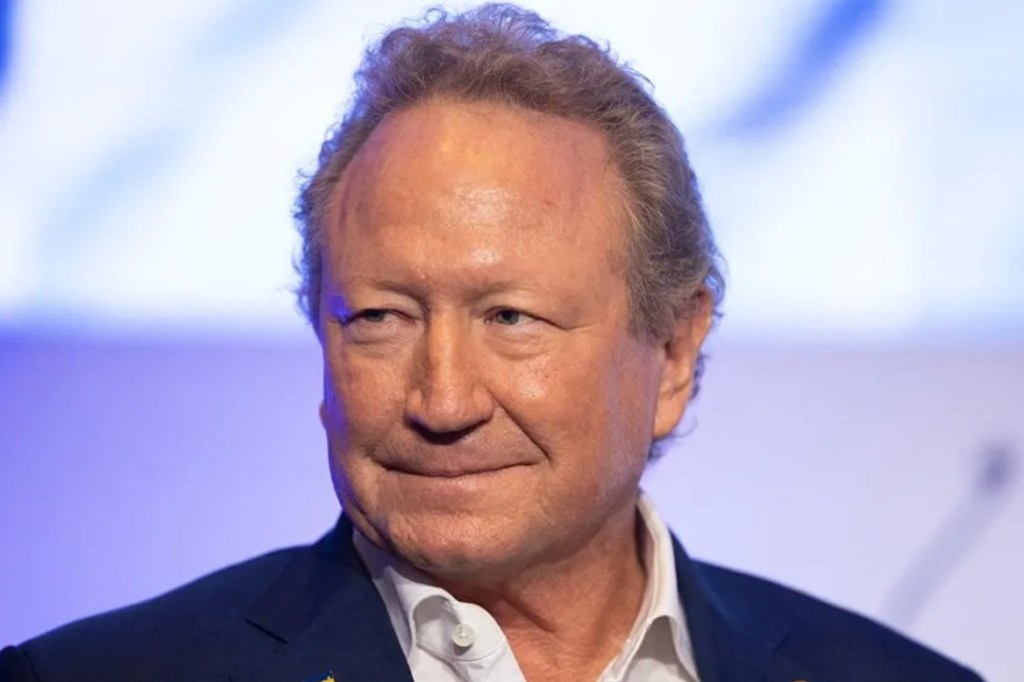Mining hubs lead regional property price rise
Affordability and lifestyle choices continue to drive up property prices in regional Australia, but there are signs the heat is coming out of the market.

Mining regions are helping Australian regional property markets outperform their city counterparts, but some towns are missing out on the price growth.
Regional dwelling values rose 1.1 per cent in the three months to October, compared with 0.8 per cent in the cities, down from 2.3 per cent and 2.2 per cent respectively in the quarter to April, according CoreLogic’s latest Regional Market Update.
Mining regions in WA and Queensland led the charge, with property values in Mackay, Geraldton and Townsville up 8.8 per cent, 8.2 per cent and 6.6 per cent, respectively.
Over the year to October, dwelling prices in each of the three markets surged by more than a quarter, driven by affordability and lifestyle appeal, CoreLogic economist Kaytlin Ezzy said.
“But even with the impressive growth, for those with the capacity to service a mortgage, they still remain attainable with medians less than $600,000,” Ms Ezzy said.
In NSW and Victoria, there were signs of cooling in markets that had run hot during COVID-era tree and sea changes.
Seven out of eight Victorian non-capital significant urban areas posted value drops during the quarter, along with 10 of 21 equivalent regions in NSW.
Over the year, 10 property markets in the southeastern states posted declines, led by a 6.3 per cent fall in the town of Ballarat in central-western Victoria.
You might like
Despite the cooling in some of Victoria’s regional property markets, the state is facing a major housing shortfall as its population increases.
The Victorian government announced an inquiry on Wednesday into the state’s regional housing supply, building methods and dwelling types, with a report due by the end of 2025.
“More and more Victorians are calling regional Victoria home – and we’re building more homes where young Victorians and families are telling us where they want to live – close to transport, jobs and their families,” Premier Jacinta Allan said.
Properties in the NSW south coast town of Batemans Bay posted the sharpest price drop over the quarter, slipping 2.7 per cent, followed by Victoria’s Warrnambool where values sunk 2.6 per cent.
A Batemans Bay listing also topped the rest for the longest time on the market at 72 days.
“There’s certainly been a slowdown in demand for these areas and more stock on the market and that’s in addition to higher interest rates, cost of living pressures, and limited borrowing capacity” CoreLogic’s Ms Ezzy said.
Regional rental prices were 0.5 per cent higher over the three months, but held steady on average across capital cities.
As for mortgage affordability, Westpac economists recently joined NAB in pushing expectations of a Reserve Bank interest rate cut from February to May 2025.
ANZ and CBA economists still expect the RBA to ease the cash rate for the first time in more than four years in February 2025.
Regional property values at a glance
Stay informed, daily
– Highest quarterly growth: Mackay (Qld) – 8.3 per cent
– Lowest quarterly growth: Batemans Bay (NSW) – minus 2.7 per cent
– Highest annual growth: Geraldton (WA) – 28.7 per cent
– Lowest annual growth: Ballarat (Vic) – 6.3 per cent
– Shortest days on market: Bunbury (WA) – 13 days
– Longest days on market: Batemans Bay (NSW) – 72 days
Regional rentals at a glance:
– Highest quarterly rental growth: Albany (WA) – up 3.0 per cent
– Lowest quarterly rental growth: Batemans Bay (NSW) – minus 2.4 per cent
– Highest yearly rental growth: Geraldton (WA) – 14.6 per cent
– Lowest yearly rental growth: Burnie – Somerset (Tas) – 1.8 per cent
– Most affordable: Burnie – Somerset (Tas) – $408
– Least affordable: Gold Coast – Tweed Heads (Qld and NSW) – $833




